Kids Corner
Where Does Our Trash Go?
The Life Cycle of Garbage
Once we have taken out the trash, we often forget that it all has to go somewhere. But not many of us know exactly where it goes, nor do we usually think about it. The Life Cycle of Garbage shows what happens to your trash once it leaves your home, to give you an idea of where it ends up and how much of it there really is.
The Life Cycle of Garbage begins in your home:
Your kitchen trash can fills up…
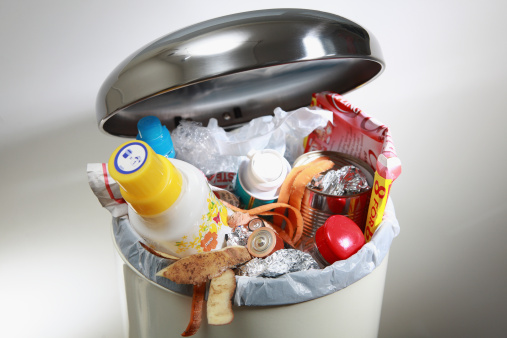
So you take the garbage bag out to your curbside trash container…
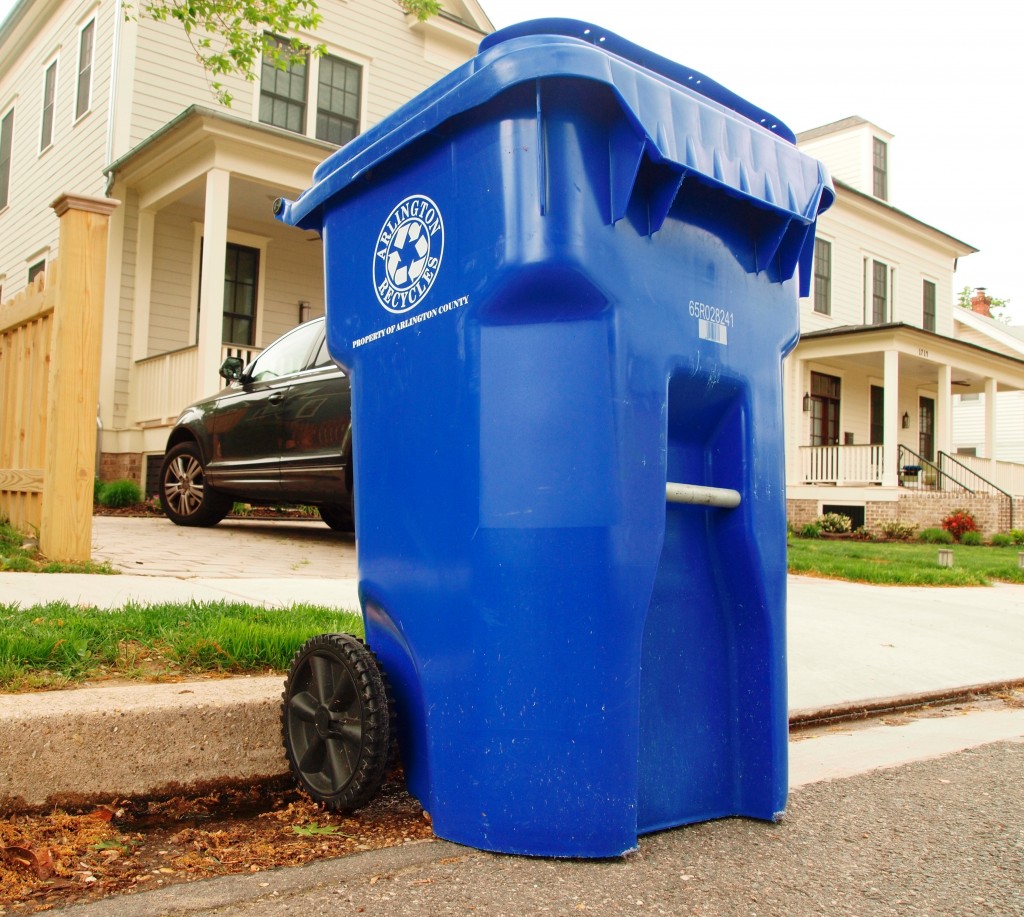
And the garbage man comes to empty it…
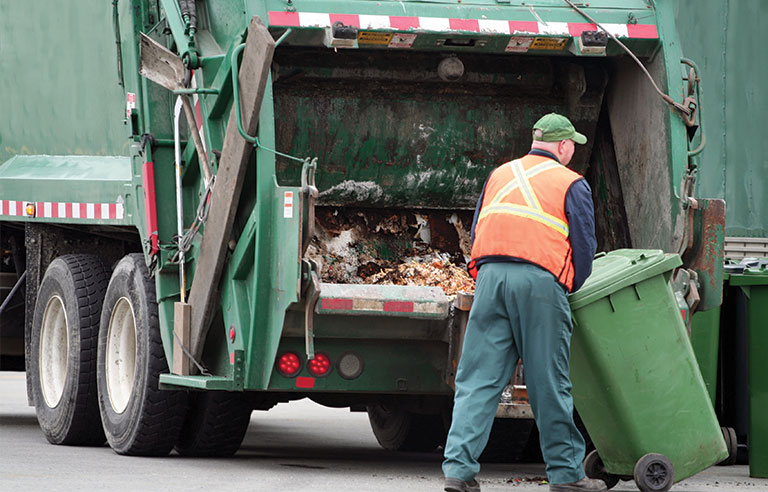
But what happens to all your trash once the garbage man takes it away?
Typically it goes to a Transfer Station…
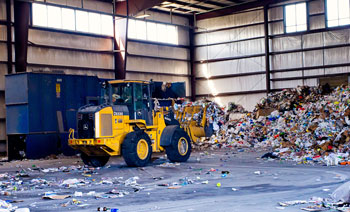
A transfer station is where local trash is taken and dumped before it is transferred to its final destination. The final destination could be:
A Landfill…
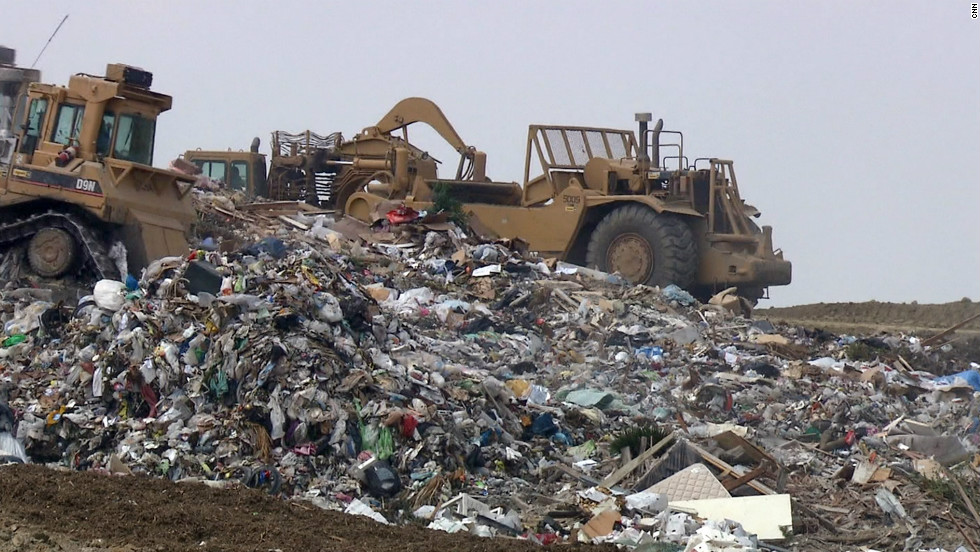
where the waste is buried and left to decompose, a process which takes hundreds of years even for biodegradable materials.
An Incinerator…
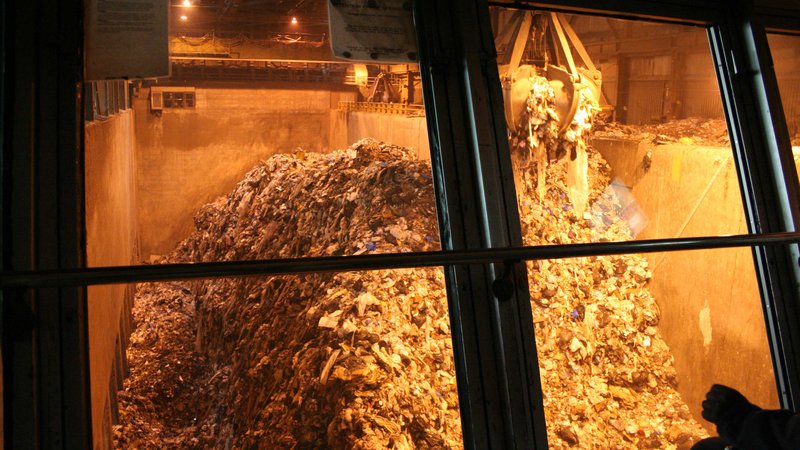
where the garbage is burned and turns into ash and heat, sometimes used to generate energy (called waste-to-energy).
Or a Recycling Center
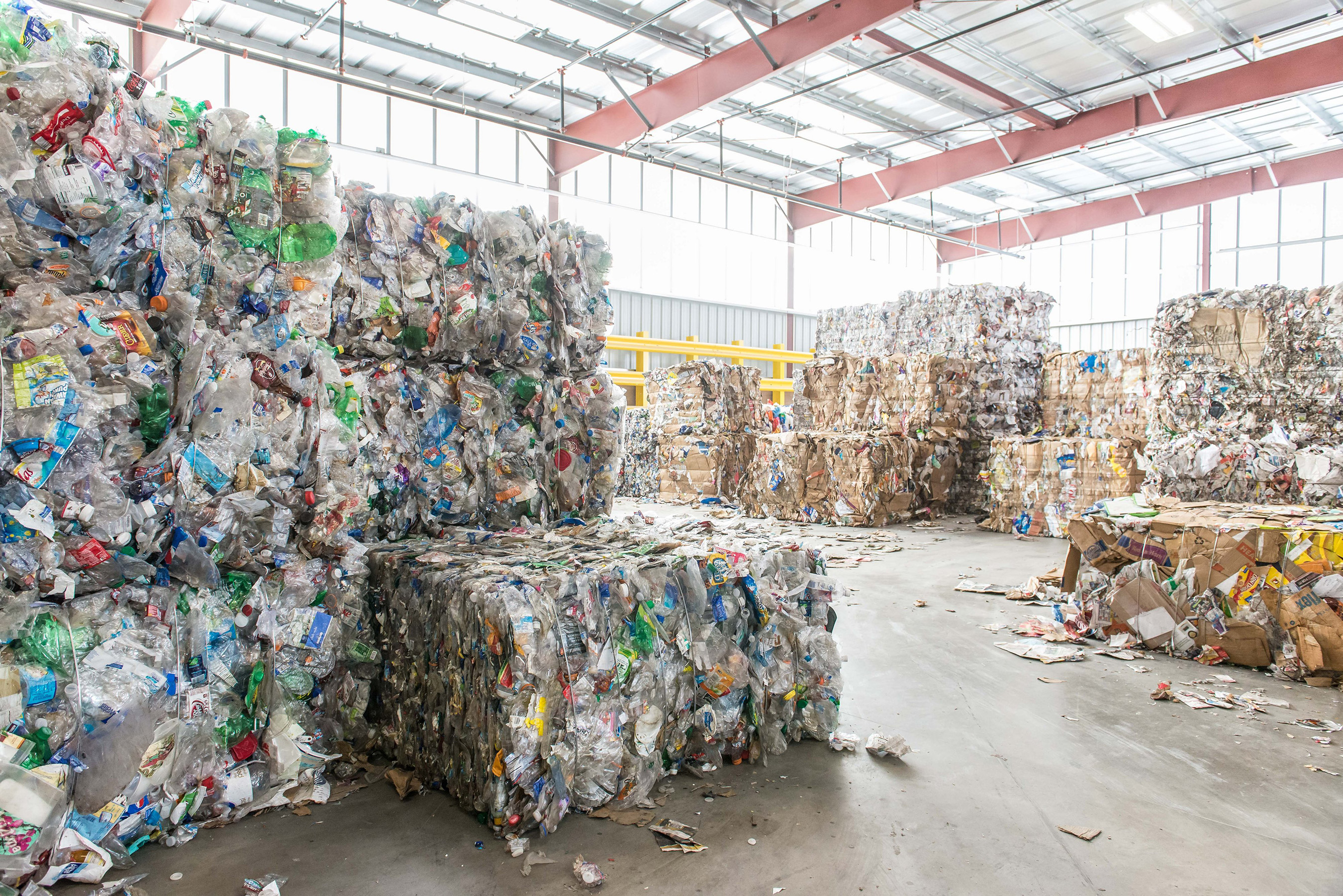
where it will be transferred to a manufacturing plant so these materials can be used to make new products!
If waste is not correctly managed, it can end up harming the environment and polluting our air and water. Illegally dumped trash and litter can end up:
Littering our Communities
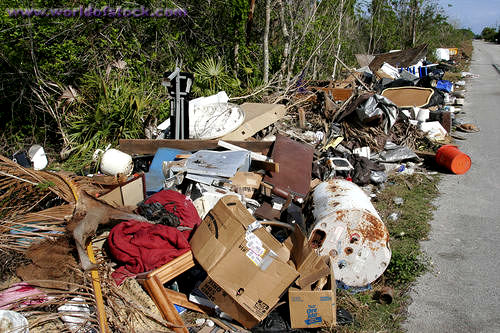
Or In the Ocean
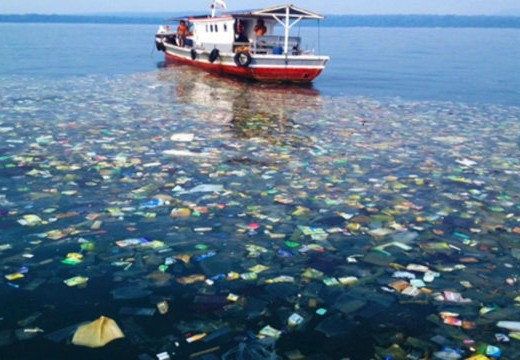
This is why it is so important that we put our trash into the proper containers and recycle as much as we can. Garbage does not simply disappear once it leaves our homes, it all ends up somewhere and has an impact on every single person in some way.
Small actions can have a huge impact. Find out how you can help! Contact us today to see how you can help support the Lawrence County Solid Waste District’s mission by contributing to proper solid waste management in your community.
Lawrence County Solid Waste
3326 Mitchell Road
Bedford In 47421
812-278-8845
